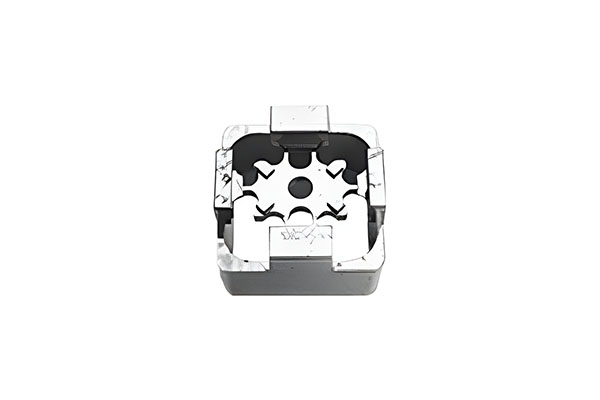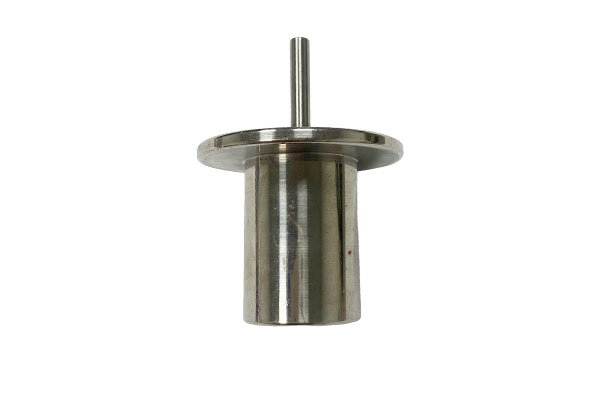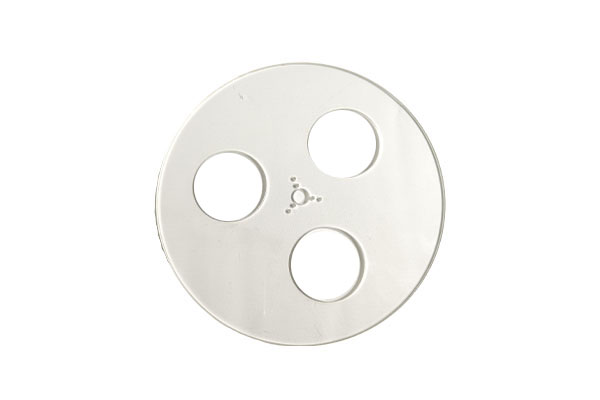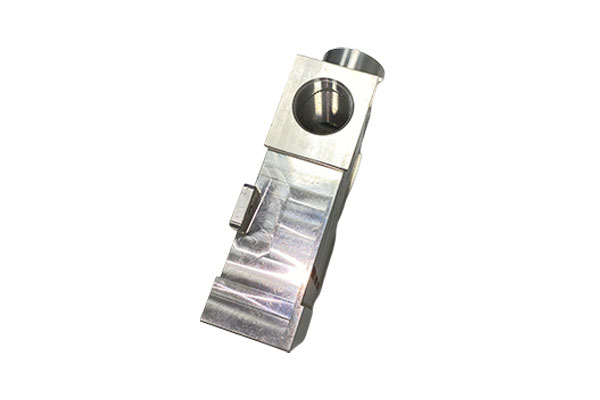How does insulation parts processing promote the innovation and development of intelligent equipment in multiple industries?
Release Time : 2025-04-23
In today's rapidly developing technological era, insulation parts are an indispensable key component in many high-end manufacturing fields, and their importance is becoming increasingly prominent. From laser equipment to aviation manufacturing, from new energy photovoltaics to medical automation, the application of insulation parts covers almost all industries that pursue efficient, precise and safe operation. The common needs of these industries have promoted the continuous innovation of insulation parts processing technology, and also provided strong support for the development of intelligent equipment.
The technologies and processes involved in insulation parts processing are extremely diverse, which mainly depends on the specific requirements of different application fields for material properties, dimensional accuracy and environmental adaptability. For example, in new energy photovoltaic equipment, insulation parts need to have excellent weather resistance and electrical insulation properties to ensure the long-term stable operation of solar panels under various harsh climatic conditions. In terms of lithium battery equipment, insulation parts need to meet higher temperature tolerance and chemical stability to cope with the extreme environmental challenges that may occur during battery charging and discharging.
For semiconductor equipment, the quality of insulation parts directly affects the accuracy and yield rate of chip manufacturing. Therefore, in this field, the requirements for the precision of insulation parts processing are almost harsh, and any slight error may lead to serious consequences. In addition, with the increasing demand for thinner and smaller products in industries such as 3C bonding equipment and die-cutting equipment, insulation parts must not only meet high standards in physical performance, but also be more compact and flexible in design.
The medical equipment and medical automation industries emphasize the safety and biocompatibility of insulation parts. Considering the possibility of direct contact with the human body or working in a sterile environment, such insulation parts usually use specific medical-grade materials and undergo strict sterilization. At the same time, in order to cooperate with the continuous development of medical equipment towards intelligence and portability, the design of insulation parts also tends to be modular and customizable to better adapt to different application scenarios.
In the field of aviation manufacturing and robotics, the importance of insulation parts cannot be ignored. They not only have to withstand various mechanical stresses that may be encountered in high-altitude flight or complex working environments, but also ensure the normal operation of electrical systems. This requires insulation parts to have excellent mechanical strength and stable electrical properties. To this end, researchers are exploring the use of new composite materials and advanced manufacturing processes to improve the overall performance of insulation parts.
As the pace of transformation from manufacturing to intelligent manufacturing accelerates, various types of intelligent equipment have put forward more diversified demands on insulation parts. In order to meet these demands, insulation parts processing technology is also continuously improving. By introducing advanced means such as high-precision CNC machine tools, 3D printing technology and intelligent detection systems, not only the production efficiency and product quality are improved, but also the time cycle from research and development to the launch of new products is shortened.
In short, the progress of insulation parts processing technology is of great significance to promoting the innovative development of various industries. It not only ensures the safe and reliable operation of intelligent equipment, but also lays a solid foundation for achieving higher levels of automation and intelligence. In the future, with the continuous emergence of new materials and new technologies, insulation parts processing will surely play a greater role on a broader stage, helping global technology to move towards a greener and smarter direction.
The technologies and processes involved in insulation parts processing are extremely diverse, which mainly depends on the specific requirements of different application fields for material properties, dimensional accuracy and environmental adaptability. For example, in new energy photovoltaic equipment, insulation parts need to have excellent weather resistance and electrical insulation properties to ensure the long-term stable operation of solar panels under various harsh climatic conditions. In terms of lithium battery equipment, insulation parts need to meet higher temperature tolerance and chemical stability to cope with the extreme environmental challenges that may occur during battery charging and discharging.
For semiconductor equipment, the quality of insulation parts directly affects the accuracy and yield rate of chip manufacturing. Therefore, in this field, the requirements for the precision of insulation parts processing are almost harsh, and any slight error may lead to serious consequences. In addition, with the increasing demand for thinner and smaller products in industries such as 3C bonding equipment and die-cutting equipment, insulation parts must not only meet high standards in physical performance, but also be more compact and flexible in design.
The medical equipment and medical automation industries emphasize the safety and biocompatibility of insulation parts. Considering the possibility of direct contact with the human body or working in a sterile environment, such insulation parts usually use specific medical-grade materials and undergo strict sterilization. At the same time, in order to cooperate with the continuous development of medical equipment towards intelligence and portability, the design of insulation parts also tends to be modular and customizable to better adapt to different application scenarios.
In the field of aviation manufacturing and robotics, the importance of insulation parts cannot be ignored. They not only have to withstand various mechanical stresses that may be encountered in high-altitude flight or complex working environments, but also ensure the normal operation of electrical systems. This requires insulation parts to have excellent mechanical strength and stable electrical properties. To this end, researchers are exploring the use of new composite materials and advanced manufacturing processes to improve the overall performance of insulation parts.
As the pace of transformation from manufacturing to intelligent manufacturing accelerates, various types of intelligent equipment have put forward more diversified demands on insulation parts. In order to meet these demands, insulation parts processing technology is also continuously improving. By introducing advanced means such as high-precision CNC machine tools, 3D printing technology and intelligent detection systems, not only the production efficiency and product quality are improved, but also the time cycle from research and development to the launch of new products is shortened.
In short, the progress of insulation parts processing technology is of great significance to promoting the innovative development of various industries. It not only ensures the safe and reliable operation of intelligent equipment, but also lays a solid foundation for achieving higher levels of automation and intelligence. In the future, with the continuous emergence of new materials and new technologies, insulation parts processing will surely play a greater role on a broader stage, helping global technology to move towards a greener and smarter direction.







